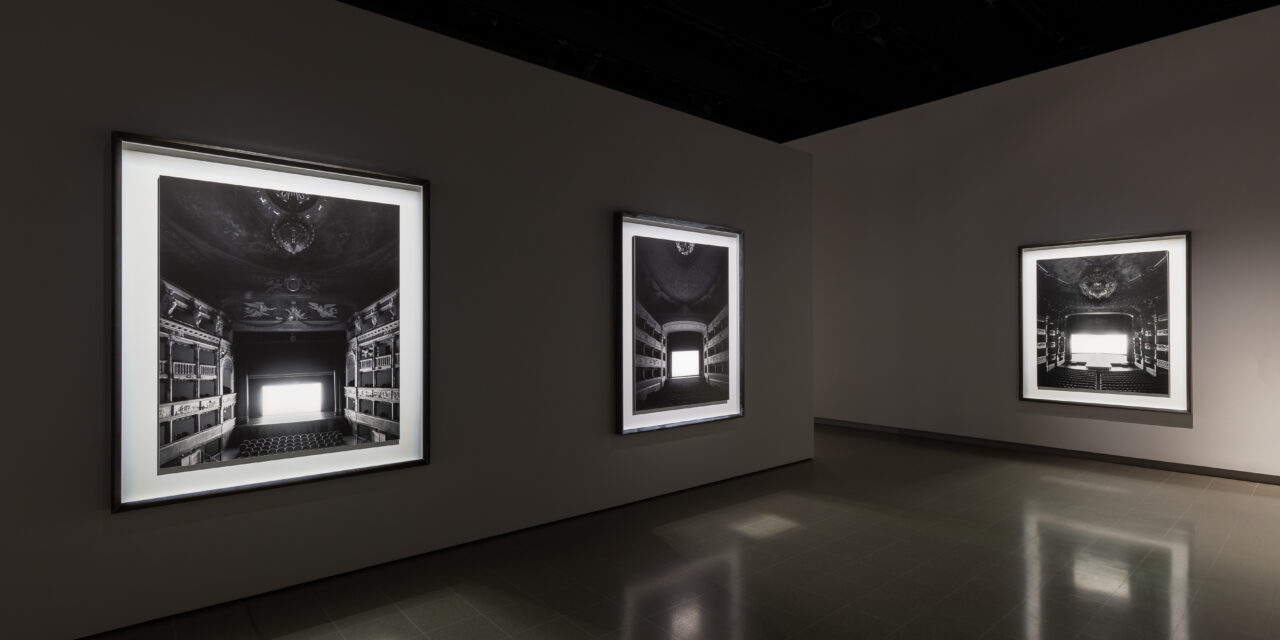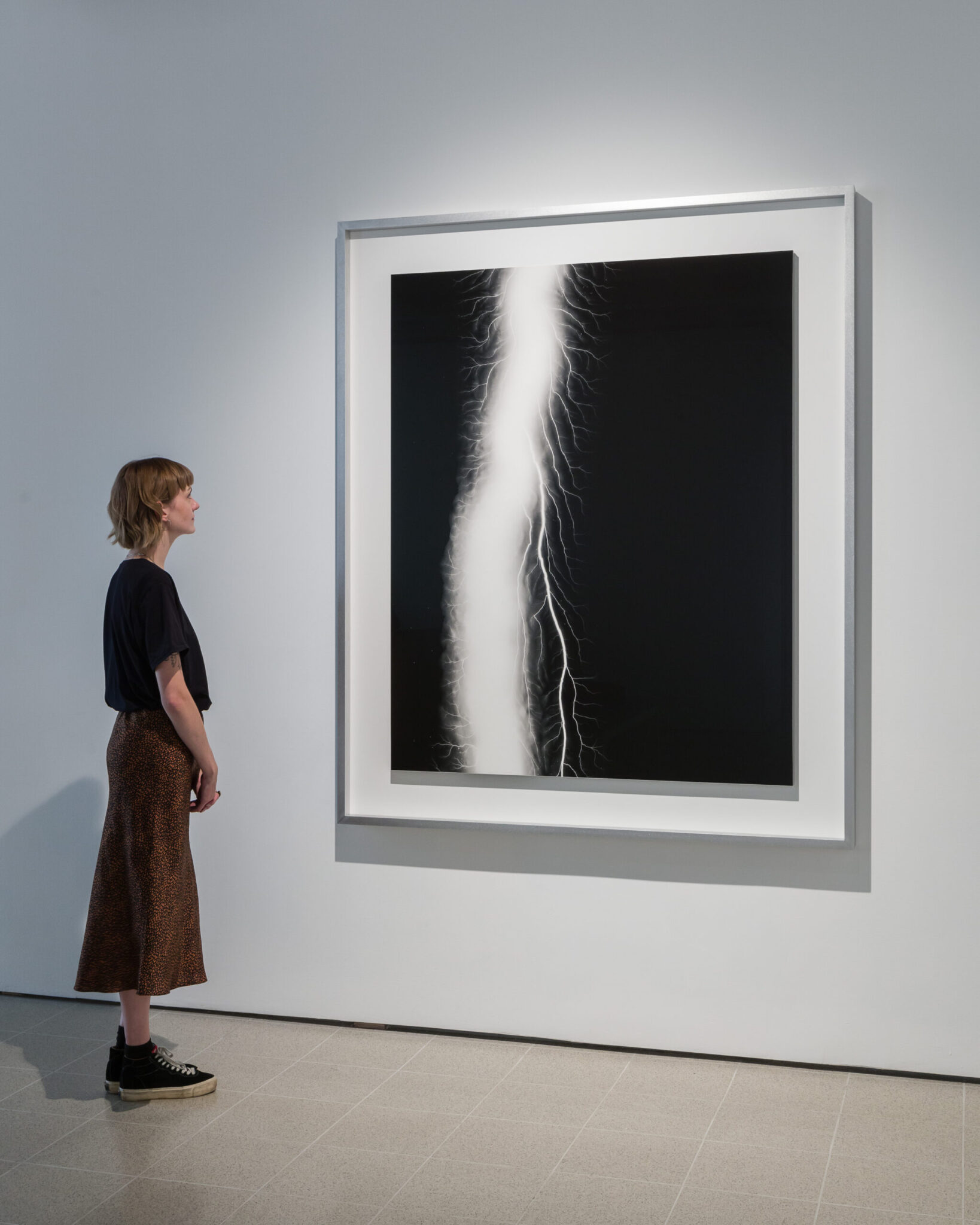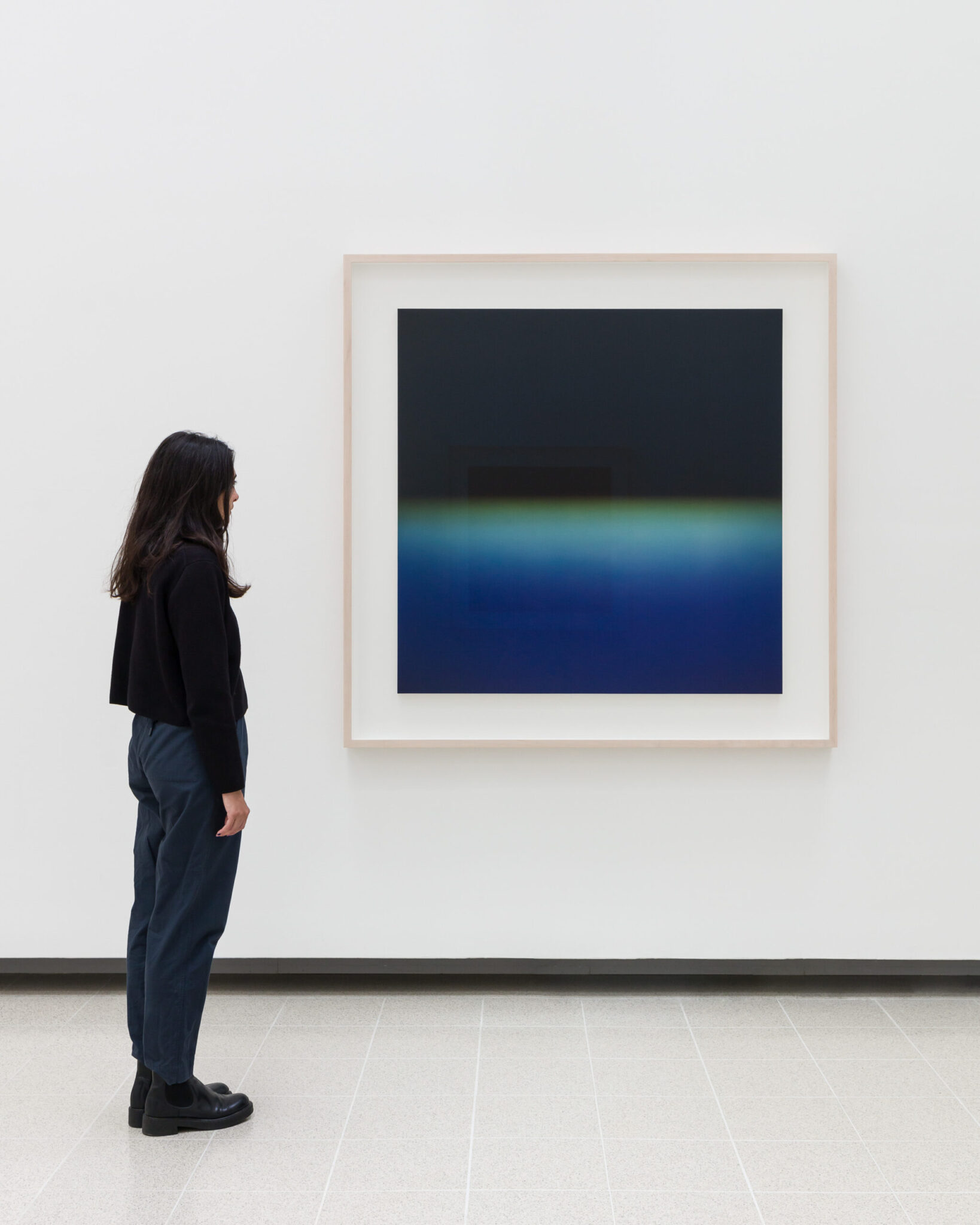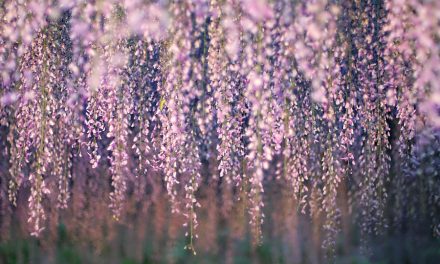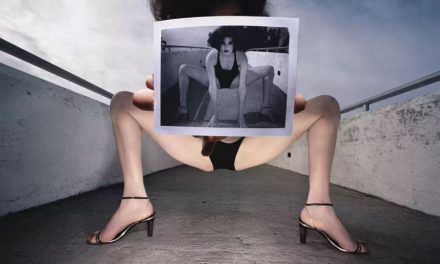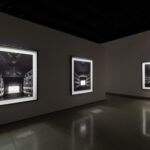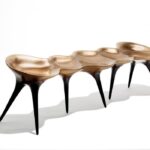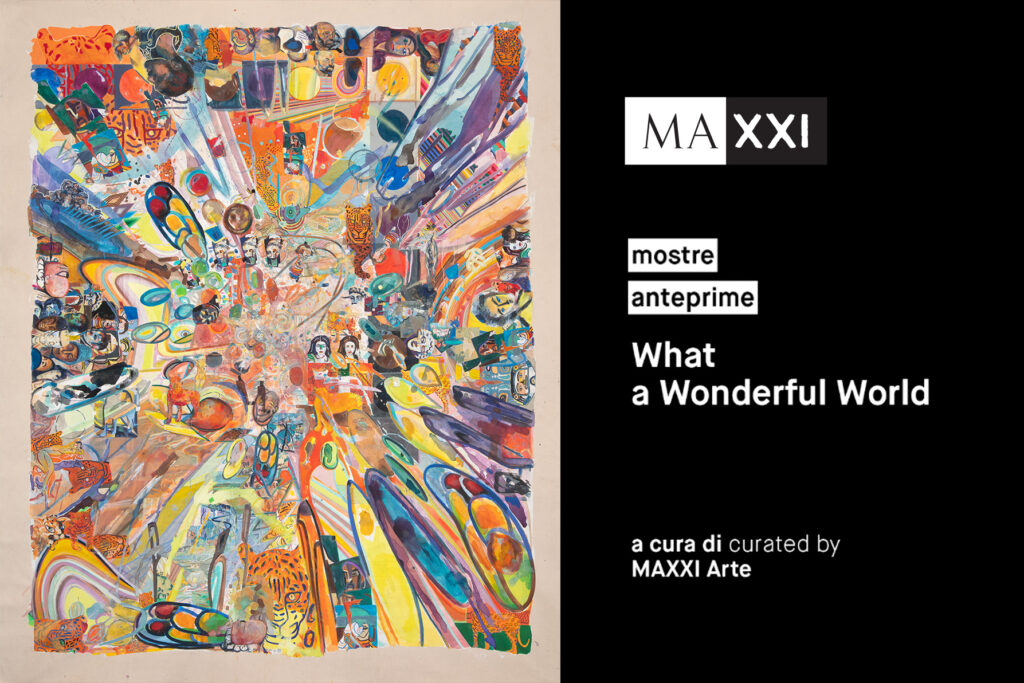From October 11, 2023, to January 7, 2024, the Hayward Gallery in London will host a monumental exhibition, “Hiroshi Sugimoto: Time Machine.” This showcase marks the most extensive survey to date of the internationally acclaimed artist Hiroshi Sugimoto, spanning his illustrious 50-year career in photography.
Sugimoto is renowned for his enigmatic and meticulously crafted photographs, which provoke deep contemplation. These images are at once familiar and shrouded in tantalizing ambiguity, prompting viewers to ponder the enigmatic nature of time and memory, as well as the paradoxical character of photography as both a means of documentation and invention.
The exhibition will feature a comprehensive selection of Sugimoto’s key works from all of his major photographic series, offering a unique opportunity to delve into the artist’s philosophical and playful exploration of time, memory, and the multi-faceted essence of photography as an art form.
One aspect of Sugimoto’s work that distinguishes him is his unwavering commitment to traditional photographic processes. Frequently employing a large-format wooden camera and meticulously developing his black-and-white prints by hand, Sugimoto revisits 19th-century photographic techniques, such as dioramas, wax figures, and architectural subjects. In the process, he skillfully reshapes our understanding of time, space, and light, all fundamental elements of the photographic medium.
Sugimoto himself aptly describes the camera as a “time machine” capable of capturing the essence of time itself. His work transcends single moments, delving into the depths of history, geological time, and the concept of eternity. His exploration of time’s essence has profound implications for how we define humanity.
Ralph Rugoff, Director of the Hayward Gallery, praises Sugimoto as a visual poet of paradox and a polymath postmodernist. Sugimoto combines meticulous craftsmanship with an ability to produce exquisite, uncanny images that reference science, mathematics, abstract art, and Renaissance portraiture. He masterfully manipulates our perceptions of time, history, and existence through his thought-provoking work.
The exhibition will begin with Sugimoto’s black-and-white photographs of natural history dioramas, which he initiated in the mid-1970s. These “Diorama” photos draw attention to the theatrical representation of the natural world in museums while simultaneously evoking the fragility of existence.
Two subsequent bodies of work, “Theaters” and “Seascapes,” delve deeper into the theme of time. “Theaters” captures entire films in a single, long-exposure image, compressing cinematic drama into radiant whiteness. “Seascapes” depicts unmarked expanses of sea and sky, devoid of human presence, offering an abstract temporality.
In his “Architecture” series, Sugimoto deliberately blurs iconic modernist buildings, creating ghostly images that explore the boundaries of time, space, and human imagination. “Portraits” brings wax models of historical figures to life through black-and-white photography, emphasizing the transformative power of the camera.
The exhibition also features photographs that evoke timelessness, including “Sea of Buddha” portraying a 12th-century Kyoto temple and “Lightning Fields,” which captures electrical impulses to create camera-less images. The journey concludes with “Opticks,” a series of intensely colored photographs that immerse viewers in fields of subtly varying hues, reminiscent of abstract painting.
In addition to his photographs, the exhibition will present Sugimoto’s elegantly contoured aluminum sculptures, referencing mathematical equations and abstract forms.
Accompanying the exhibition is a fully-illustrated catalogue with newly commissioned essays, providing deeper insights into Sugimoto’s work. The show is set to tour internationally in 2024.
“Hiroshi Sugimoto: Time Machine” offers a profound exploration of time, memory, and photography, inviting viewers to embark on a captivating journey through the enigmatic world of one of the most influential contemporary artists.

